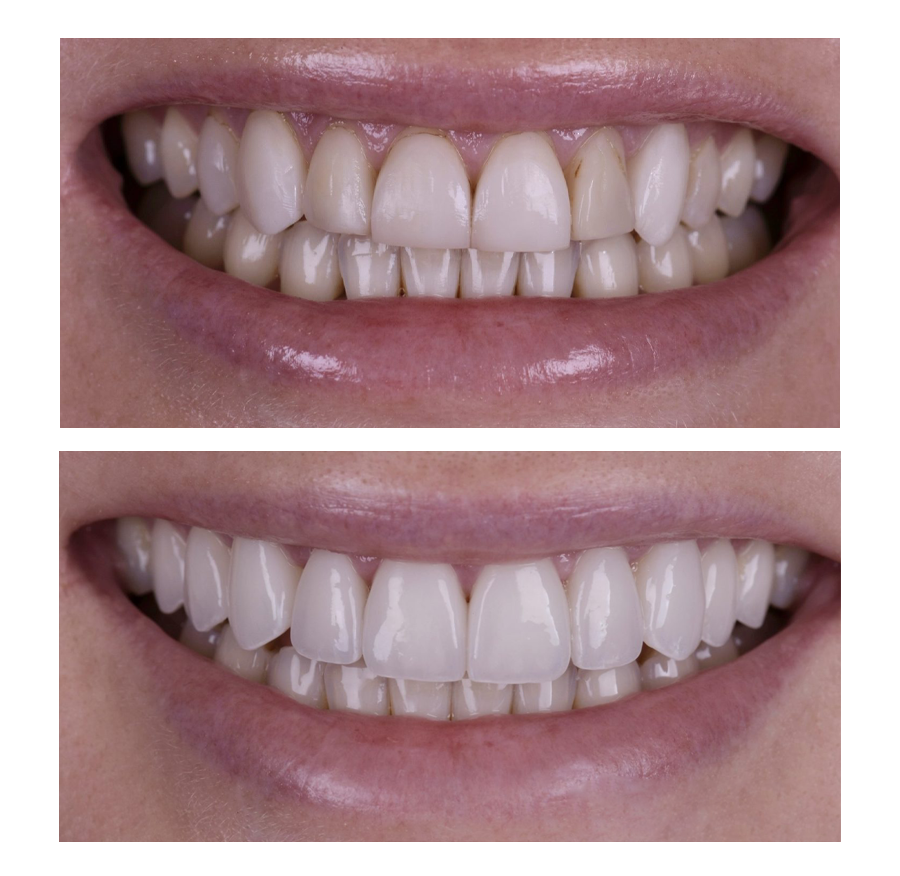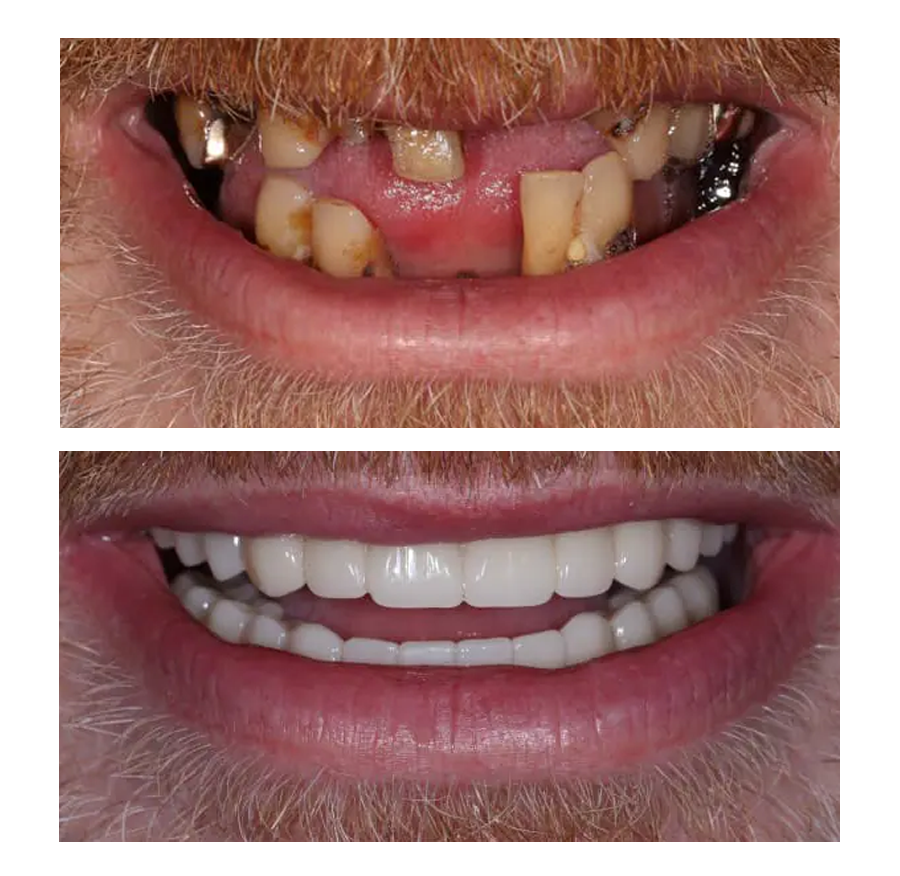Save Your Tooth, Save Your Money
Have your Root Canal Treatment done in Vietnam, Save Up to 95% Compared to Australia & USA
- Home
- Root Canal Treatment
Incredible Savings with DentalPassport
Compare our Vietnam prices for Root Canal Treatment with what you'd pay at home and see the massive savings
Root Canal Treatment
(Anterior)
Australia: $1,400AUD
USA: $1,800 USD
Vietnam: from $200 USD
Your Savings
Root Canal Treatment
(Pre-Molar)
Australia: $2000 AUD
USA: $2,500 USD
Vietnam: from $400 USD
Your Savings
Root Canal Treatment
(Molar)
Australia: $3,000 AUD
USA: $4,000 USD
Vietnam: from $600 USD
Your Savings
Root Canal Treatment in Vietnam
What is Root Canal Treatment?
Root canal treatment (endodontic therapy) is a dental procedure designed to save a severely damaged or infected tooth by removing the infected pulp from inside the tooth's root canals.
The pulp contains nerves, blood vessels, and connective tissue. When this becomes infected due to deep decay, cracks, or trauma, it can cause severe pain and lead to abscesses if left untreated.
During the procedure, your endodontist carefully removes the infected pulp, cleans and disinfects the inside of the tooth, then fills and seals the space to prevent further infection.
A crown is typically placed afterward to restore the tooth's strength and appearance.
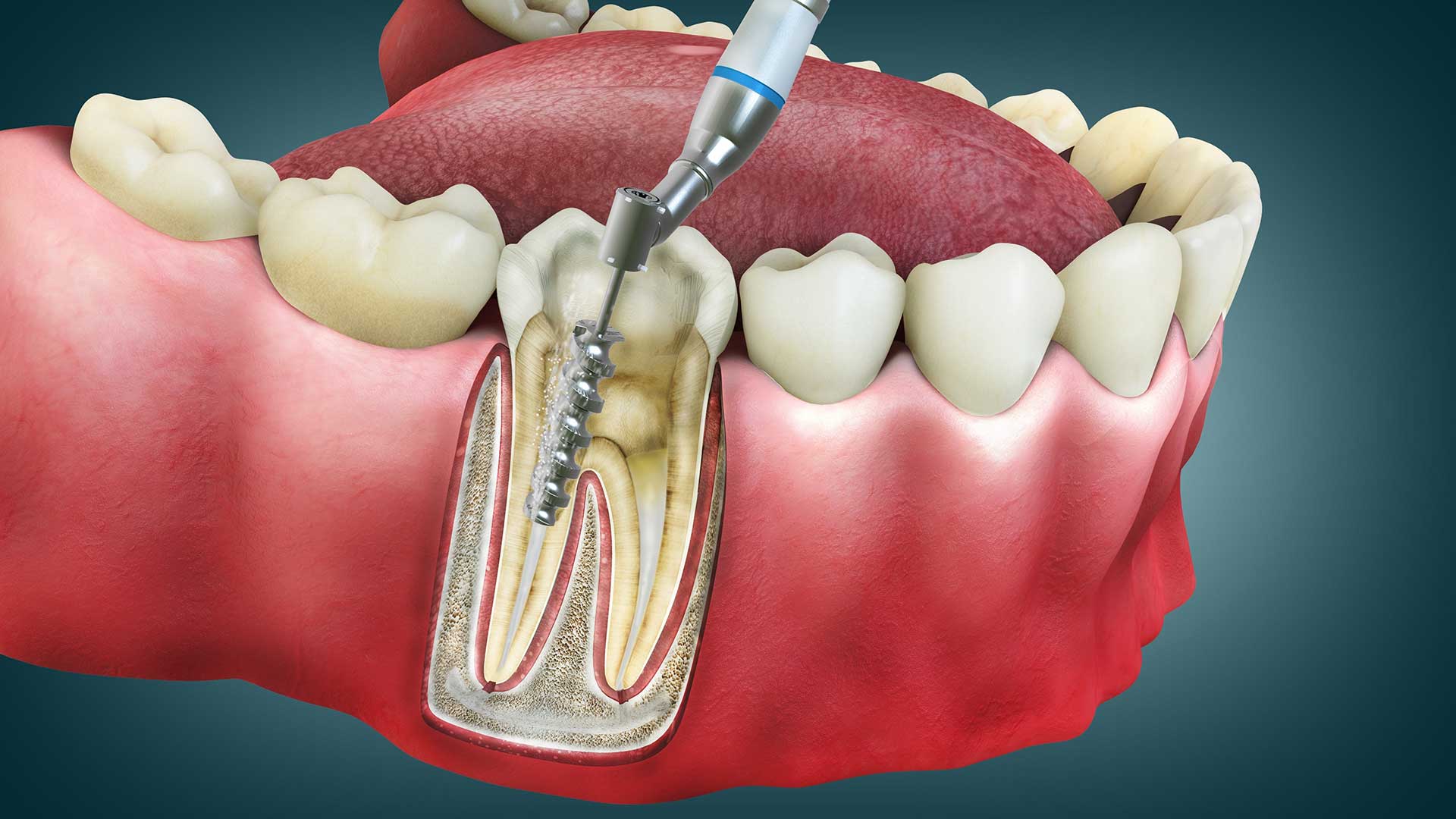
When do you need a Root Canal Treatment?

Severe Tooth Pain

Swelling and Tenderness
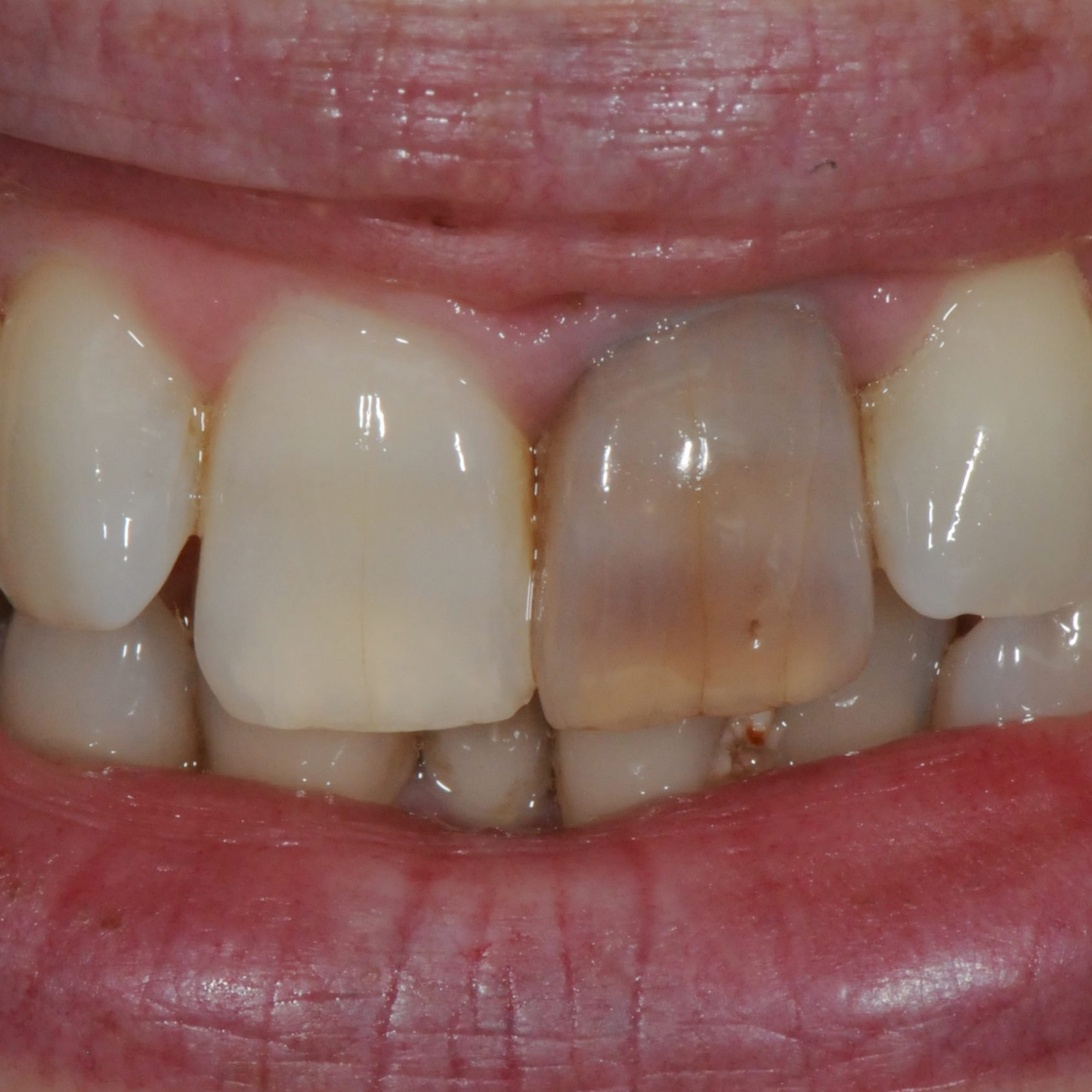
Tooth Discoloration
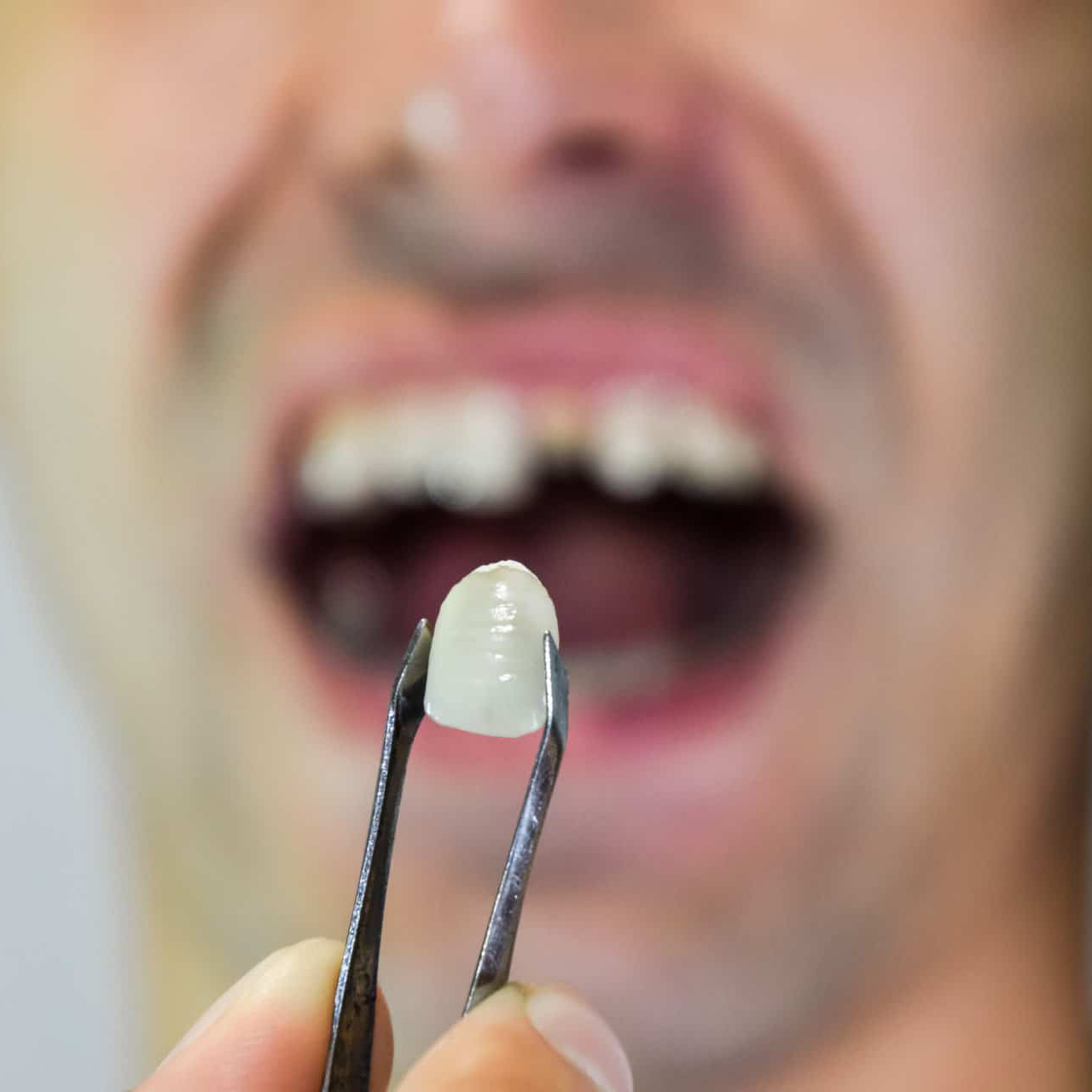
Trauma or Injury
Root Canal Treatment Process
Step by Step
Our streamlined process ensures optimal results with minimal visits.
1. Examination and Diagnosis
Your endodontist examines the tooth and takes X-rays to assess the extent of infection and damage. A sensitivity test may be performed to determine the nerve's condition.
2. Local Anesthesia
A local anesthetic is administered to numb the tooth and surrounding area. You'll feel little to no discomfort during the procedure - no more painful than getting a filling.
3. Dental Dam Placement
A small rubber sheet (dental dam) is placed over the area to isolate the tooth and keep it clean and dry during the procedure, ensuring a sterile environment.
4. Access Opening
A small access hole is drilled in the crown of the tooth to reach the pulp chamber. This opening provides access to the infected or inflamed pulp tissue.
5. Pulp Removal and Cleaning
The infected or inflamed pulp is carefully removed using specialized endodontic files. The root canals are thoroughly cleaned, shaped, and disinfected to eliminate all bacteria.
6. Filling and Sealing
The cleaned canals are filled with a biocompatible material called gutta-percha and sealed with adhesive cement to prevent future bacterial invasion.
6. Temporary Filling
A temporary filling is placed to close the access opening. This protects the tooth until the permanent restoration (crown) can be placed.
6. Crown Placement
In a follow-up appointment, the temporary filling is removed and a permanent crown is placed to protect and restore the tooth to full function and appearance.
Root Canal Treatment Process
Frequently Asked Questions
Root canals are needed when the tooth's pulp becomes infected or inflamed due to deep decay, repeated dental procedures, large fillings, cracks, chips, or trauma. Common symptoms include severe toothache when chewing, prolonged sensitivity to hot or cold, darkening of the tooth, swelling, or tenderness in nearby gums.
Modern root canal procedures are typically no more painful than getting a large filling. Local anesthesia numbs the area during treatment, and most patients experience only mild discomfort afterward. Pain medications and anti-inflammatories effectively manage any post-procedure discomfort, which usually subsides within a few days.
Most root canal treatments can be completed in one to three appointments, each lasting 60-90 minutes. Simple cases with one root may be finished in a single visit, while complex cases involving multiple roots or severe infections may require multiple appointments spaced about a week apart.
After treatment, the tooth is typically restored with a permanent filling or crown to protect it and restore full function. You may experience mild sensitivity or discomfort for a few days. Avoid chewing on the treated tooth until the permanent restoration is placed, and maintain good oral hygiene.
Root canal treatment has a high success rate of 85-97%, depending on the tooth's condition before treatment. Successfully treated teeth can last a lifetime with proper care. Factors affecting success include the extent of infection, tooth location, and how quickly treatment was sought after symptoms appeared.
The main alternative is tooth extraction followed by replacement with a dental implant, bridge, or partial denture. However, preserving your natural tooth through root canal treatment is generally preferable as it's typically less expensive and maintains your natural bite and jawbone structure.
Yes, root canals can occasionally fail due to reasons such as incomplete cleaning of all canals, new infection, cracked tooth, or delayed permanent restoration. Signs of failure include persistent pain, swelling, or new infection. When this happens, retreatment may be possible, or in some cases, surgical intervention called an apicoectomy might be needed.
Maintain excellent oral hygiene by brushing twice daily and flossing regularly around the treated tooth. Avoid chewing hard foods on that side until the permanent restoration is placed. Get the permanent crown or filling as soon as recommended by your dentist. Schedule regular dental checkups to monitor the tooth's health and surrounding tissues.
Our customer success stories
Discover how DentalPassport has helped thousands of patients like you to achieve the smile they deserved, at the cost that they could afford!
Let's connect
Ready to Transform Your Smile?
We are here to help.
We help you achieve your desired smile at the price you could afford


